Building a concrete foundation for a block moulding machine is a crucial step in ensuring the longevity and stability of the machine. A well-constructed foundation supports the machine's weight, absorbs vibrations, and prevents structural issues that could affect the quality of the blocks produced. This guide will walk you through the essential steps and considerations for creating a solid concrete foundation for your block moulding machine, from initial planning to final curing.
Planning and Design
The first step in building a concrete foundation is to plan and design the foundation to meet the specific requirements of the block moulding machine. Start by reviewing the machine’s specifications and dimensions, which will help determine the size and load-bearing capacity needed for the foundation. Consult with a structural engineer if necessary to ensure that the design will support the machine’s weight and operational stresses.
Next, select an appropriate location for the foundation. It should be situated on stable, level ground to prevent shifting and settling. Ensure that the location allows for adequate space around the machine for maintenance and operation. Mark the area where the foundation will be poured, taking into account any local building codes and regulations.
Excavation and Preparation
Once the design and location are finalized, the next step is excavation. Excavate the area to the required depth, typically at least 30 cm (12 inches) below the frost line to prevent freeze-thaw damage. The width and length of the excavation should be slightly larger than the dimensions of the foundation to allow for formwork and reinforcement.
After excavation, prepare the base of the foundation by leveling and compacting the soil. A well-compacted base reduces the risk of uneven settling and cracking. In some cases, a layer of gravel or crushed stone may be added to improve drainage and further stabilize the base.
Formwork and Reinforcement
With the excavation prepared, the next step is to construct the formwork. Formwork is a temporary structure used to shape the concrete until it cures. Build the formwork using wooden planks or metal forms, ensuring they are securely anchored and level. The formwork should be designed to match the dimensions of the foundation and include allowances for expansion joints if necessary.
Reinforcement is essential for increasing the strength and durability of the concrete foundation. Place steel rebar or wire mesh within the formwork, ensuring it is positioned in the center of the foundation to provide optimal support. The reinforcement should be evenly spaced and secured to prevent movement during the pouring process. Consult with a structural engineer to determine the appropriate type and amount of reinforcement for your specific needs.
Concrete Mixing and Pouring
Once the formwork and reinforcement are in place, it's time to mix and pour the concrete. Prepare the concrete mix according to the manufacturer’s instructions or the specifications provided by your structural engineer. Concrete can be mixed on-site or delivered by a ready-mix truck, depending on the size of the project and available resources.
Pour the concrete into the formwork in layers to prevent air pockets and ensure an even distribution. Use a shovel or a concrete vibrator to spread and compact the concrete, eliminating any trapped air and ensuring a solid fill. Smooth the surface of the concrete with a screed or float to achieve a level finish.
Curing and Finishing
Proper curing is crucial for achieving the desired strength and durability of the concrete foundation. Once the concrete is poured and leveled, it should be covered with a curing blanket or plastic sheeting to retain moisture and protect it from extreme temperatures. Keep the concrete moist for at least seven days to allow it to cure properly and develop its full strength.
After the curing period, remove the formwork carefully. Inspect the foundation for any signs of cracking or unevenness. Minor surface imperfections can be corrected with a concrete repair compound. If any significant issues are detected, consult with a professional to assess and address the problem.
Installation of the Block Moulding Machine
Once the concrete foundation is fully cured and inspected, you can proceed with the installation of the block moulding machine. Ensure that the foundation is completely dry and free from any debris before placing the machine. Position the machine carefully on the foundation, making sure it is level and properly aligned with any associated infrastructure or utility connections.
Secure the machine to the foundation using appropriate anchor bolts or mounting hardware, following the manufacturer’s instructions. Check for any adjustments needed to ensure the machine operates smoothly and accurately. Perform a thorough inspection and test run of the machine to confirm that it is functioning correctly and that the foundation is providing adequate support.
Conclusion
Building a concrete foundation for a block moulding machine requires careful planning, precise execution, and attention to detail. By following the steps outlined in this guide, you can create a robust foundation that supports the machine's weight and operational demands. From initial design to final curing, each phase plays a critical role in ensuring the stability and performance of both the foundation and the block moulding machine. Properly executed, a solid concrete foundation will enhance the longevity and efficiency of your block moulding operations, contributing to successful and reliable production.




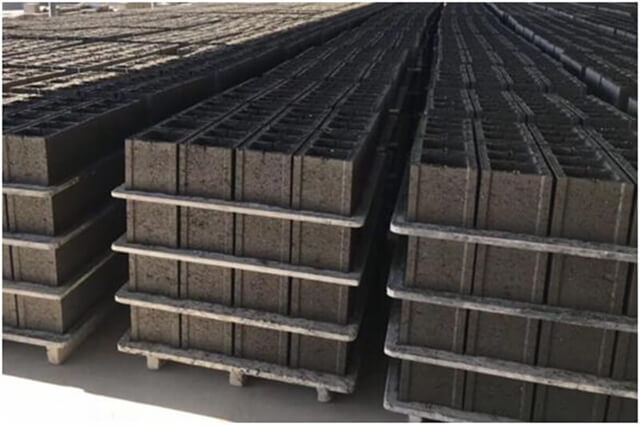
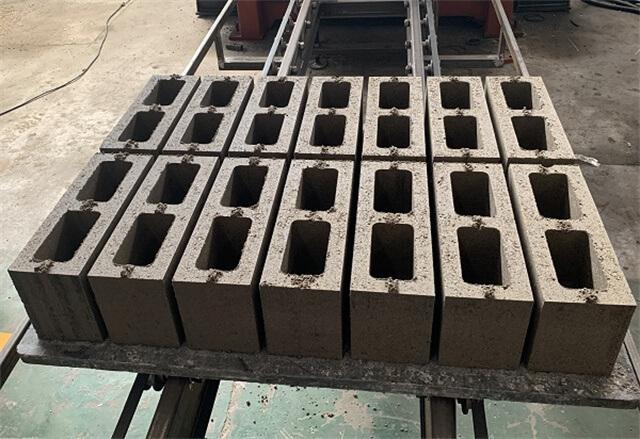
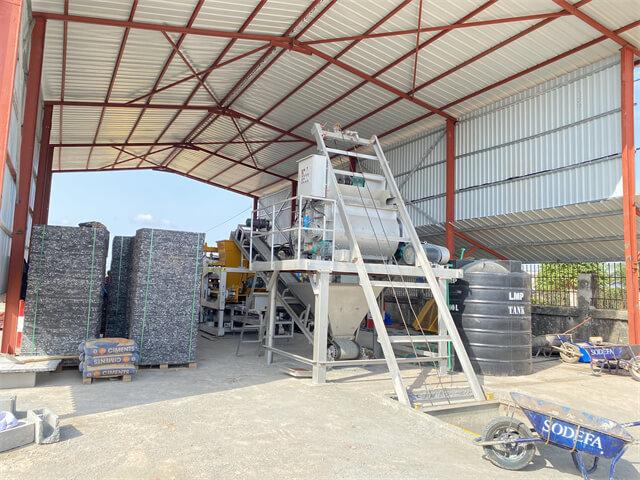
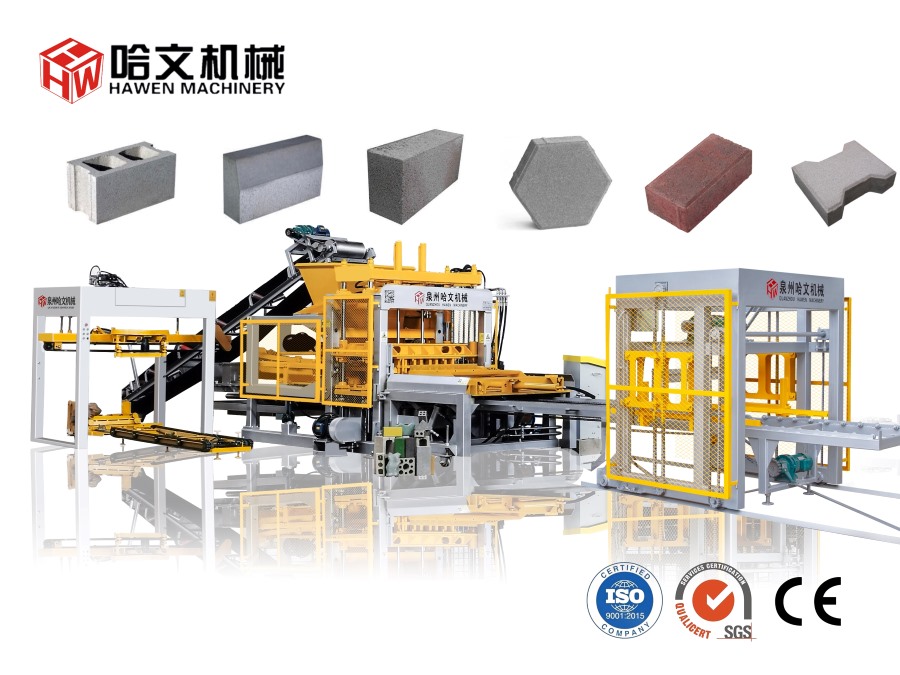
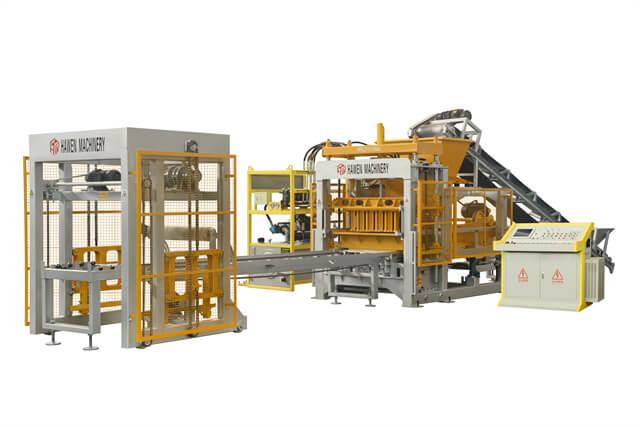
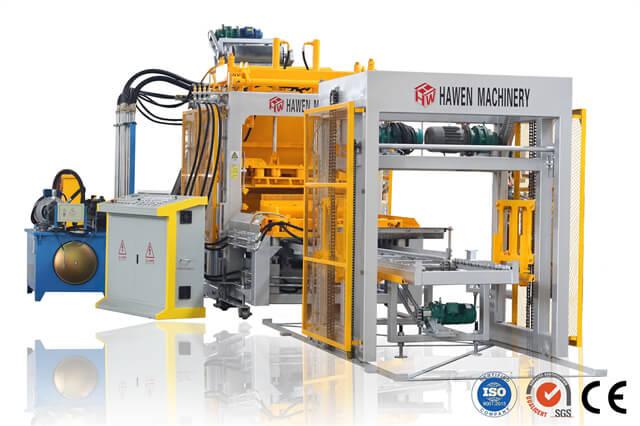
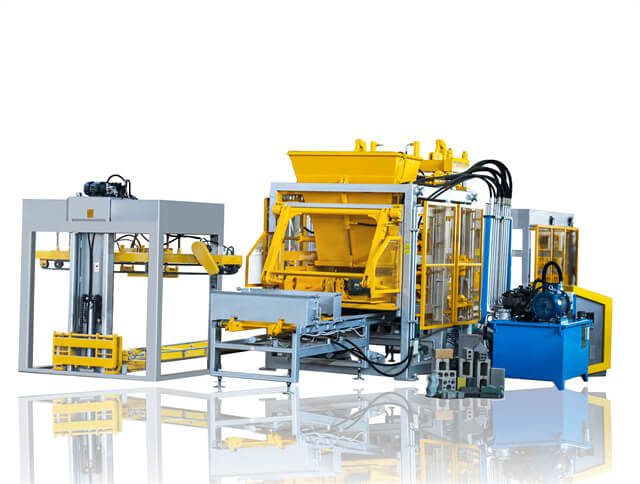
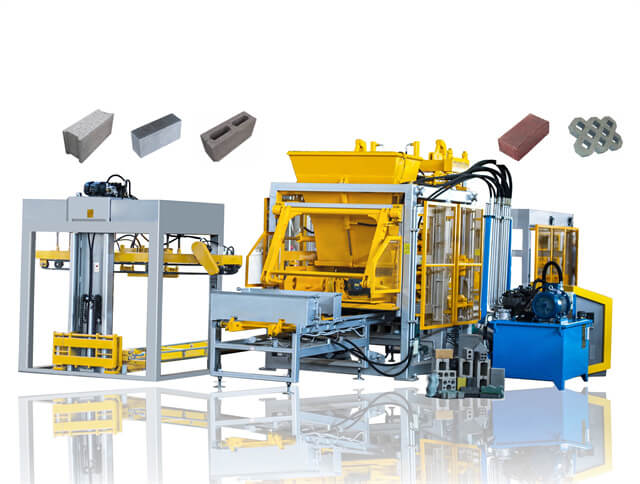
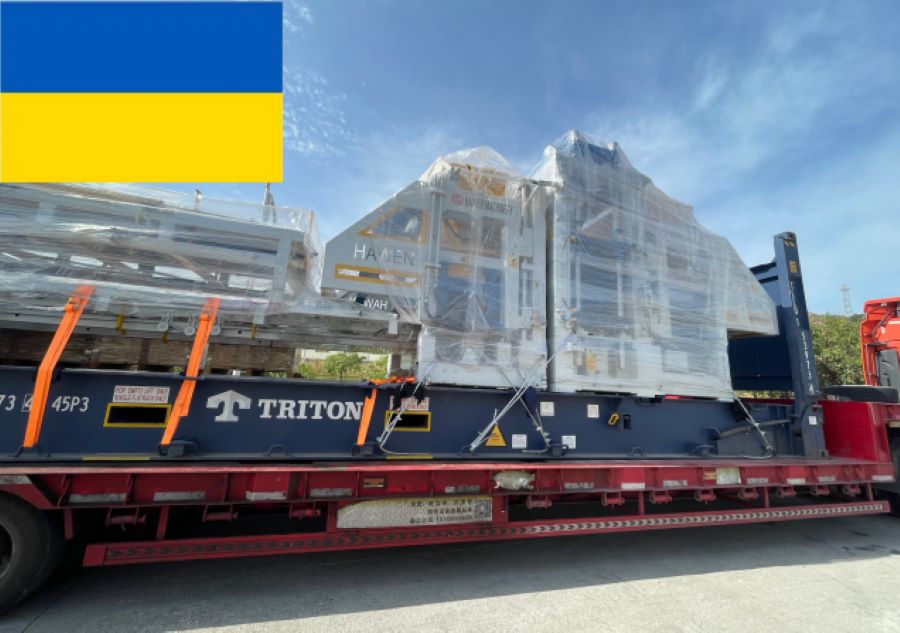
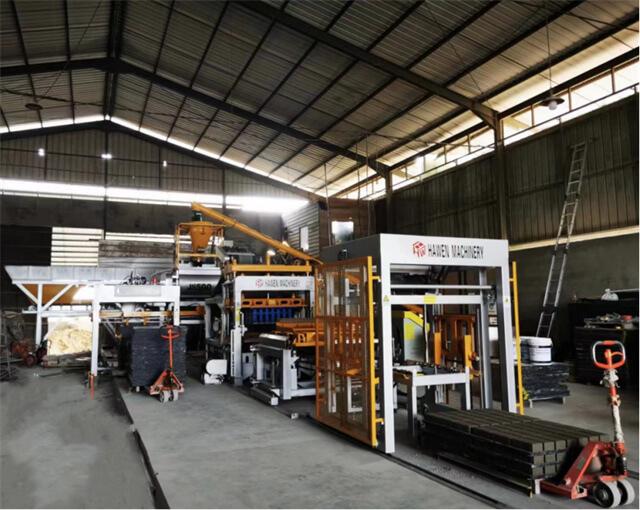
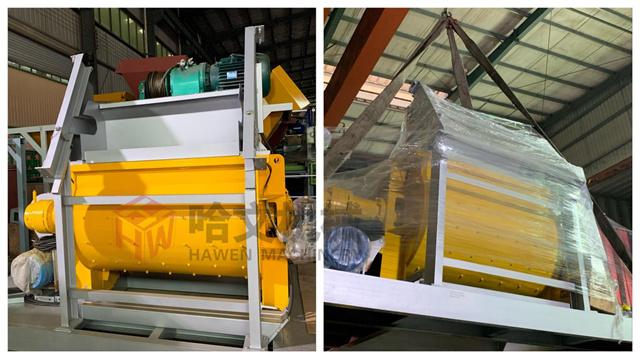


 Tel: +86-13905968794
Tel: +86-13905968794 Email: export@hwmachines.com
Email: export@hwmachines.com MP/WhatsApp: +86-13905968794
MP/WhatsApp: +86-13905968794 Manufacturer Address:Nanan,Quanzhou City,Fujian Province,China
Manufacturer Address:Nanan,Quanzhou City,Fujian Province,China




